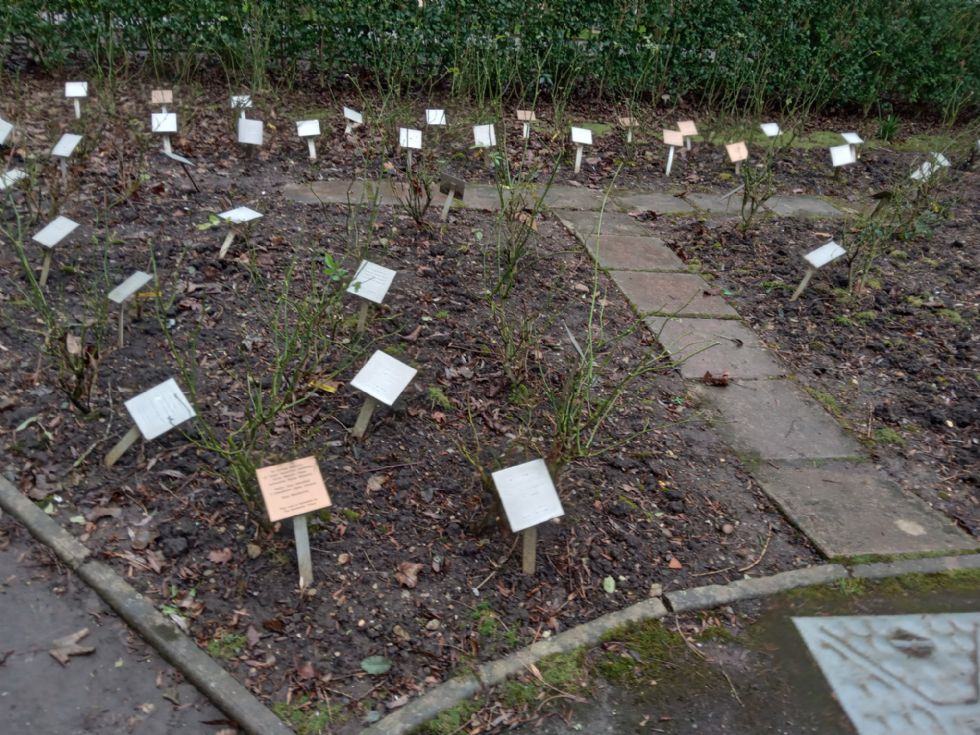Riverside Meadows - St Neots Visits the National Holocaust Memorial Centre and Museum
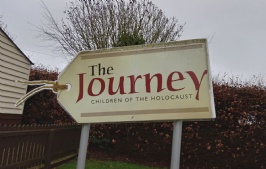
To mark International Holocaust Memorial Day on 27th January 2024, Riverside Meadows Academy - St Neots took part in a range of activities. During lessons, there were lots of discussions and sharing of information and the whole school took part in an assembly on Friday as well as most of the school going on visits to the National Holocaust Memorial Centre and Museum.
We think it’s really important that we recognise what happened in this difficult period of world history and think about what prejudice and hatred can, and did, lead to.
Our world in 2024 is still an uncertain place and racism, antisemitism and homophobia are still very real. It’s important that we explore the reasons why the Holocaust happened, and the school is proud of the steps our wonderful young people took in ensuring that the future is a more understanding and safe place for everyone.
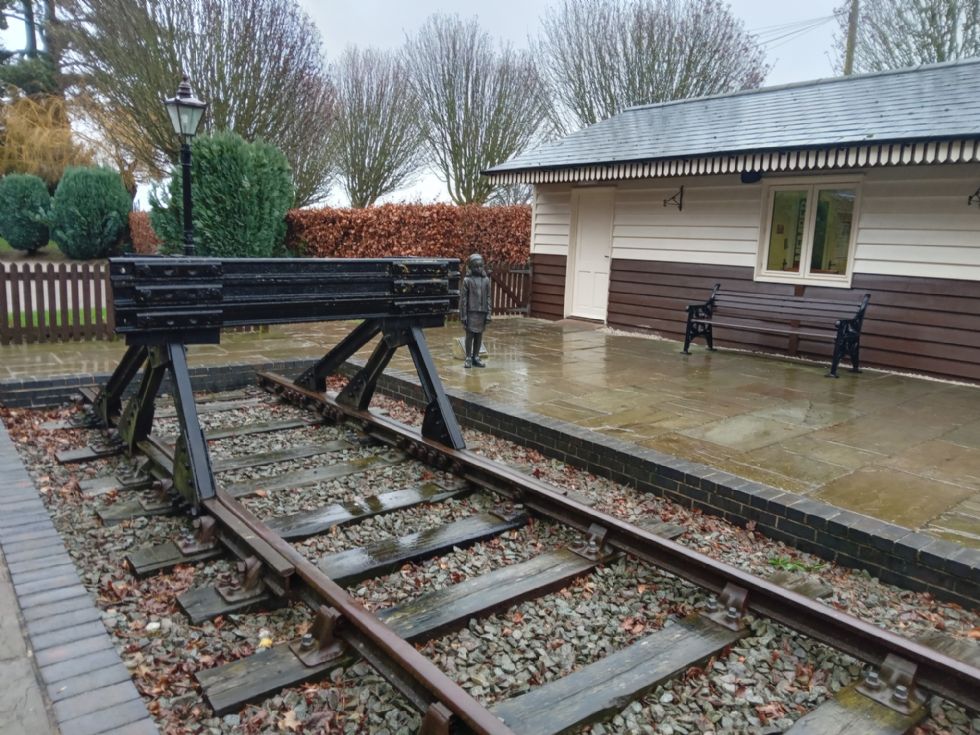
On January 22nd, 23rd and 24th, groups of students from RMA visited the National Holocaust Memorial Centre and Museum in Laxton, near Newark.
The minibus journey was quite a long one, but thanks to Gina in the kitchen, we had packed lunches and everyone was in fine spirits. There was even some singing on the way!
We were met at the door of the museum by two very helpful guides who took us up to “our” room for the day and answered any initial questions. The students were keen to get involved, to share their knowledge and to ask questions.
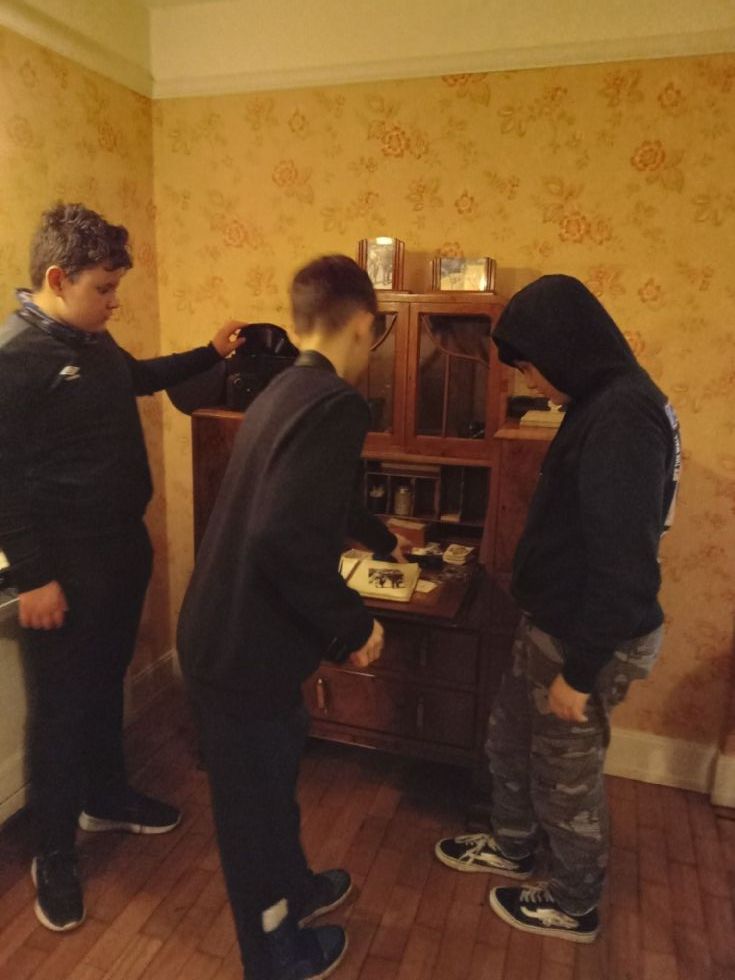
We were then guided round two exhibitions. The first, “The Journey” explores the experiences of one Jewish boy called Leo, living in Berlin that is a mix of different survivors’ stories. The exhibition was interactive with rooms and installations created with genuine 1930s and 1940s artefacts that our students could pick up and interact with.
We walked through Leo’s living room, his classroom where he was segregated from the other students because he was Jewish and his parents’ shop and found a secret place to hide, just like ones that were actually used. Throughout it all, we saw video clips of Leo’s diary that explained how the Nazi regime impacted the lives of Jewish Germans before the breakout of World War Two. It was a very clever way of living events through the eyes of one boy. Our guides gave us lots to think about and the students were engaged and asked lots of questions.
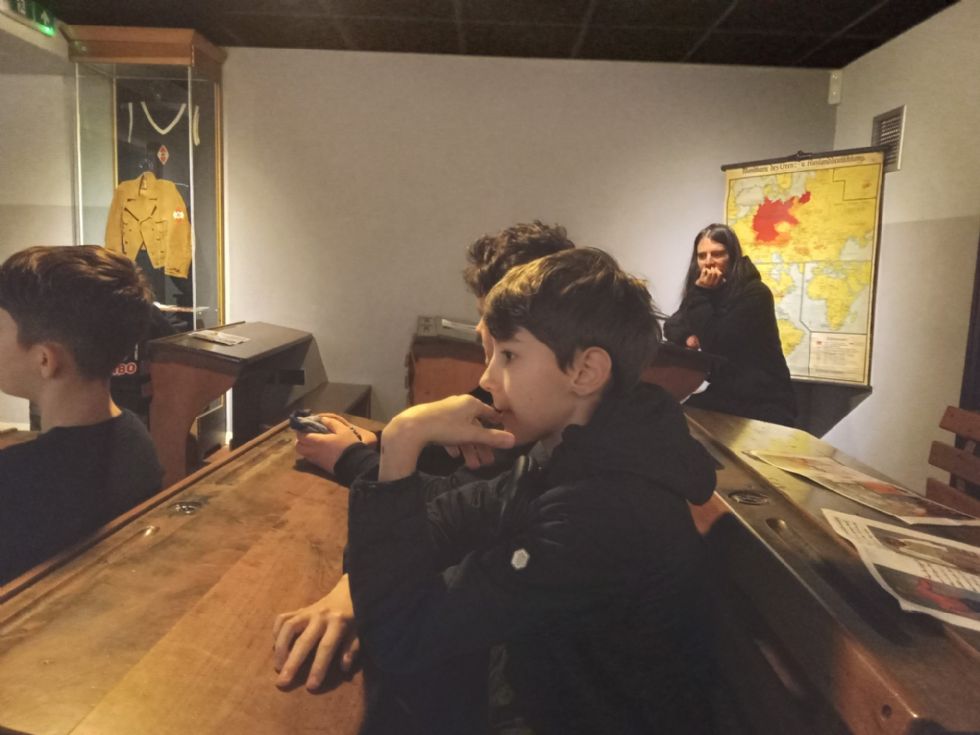
The second exhibition was a wider one about the events of the Holocaust. There was a detailed explanation of what happened during the Holocaust and lots of thought-provoking artefacts, such as examples of propaganda, photographs and survivors' stories. There were lots of emotive images and again, the students were vocal in their responses and their questions. Many Holocaust survivors have had input into creating the museum and their voices rang loud and clear.
At the end of the visit, we all placed a stone on the memorial which is outside the museum in the beautiful gardens. This impressive mound of pebbles has been created by visitors to the museum who have each placed a pebble in memory of people killed or those who had their lives changed by the Holocaust. We were asked to think about the children who didn’t see their dreams fulfilled, and to make a pledge to make the most of our own lives. It was a very moving moment.
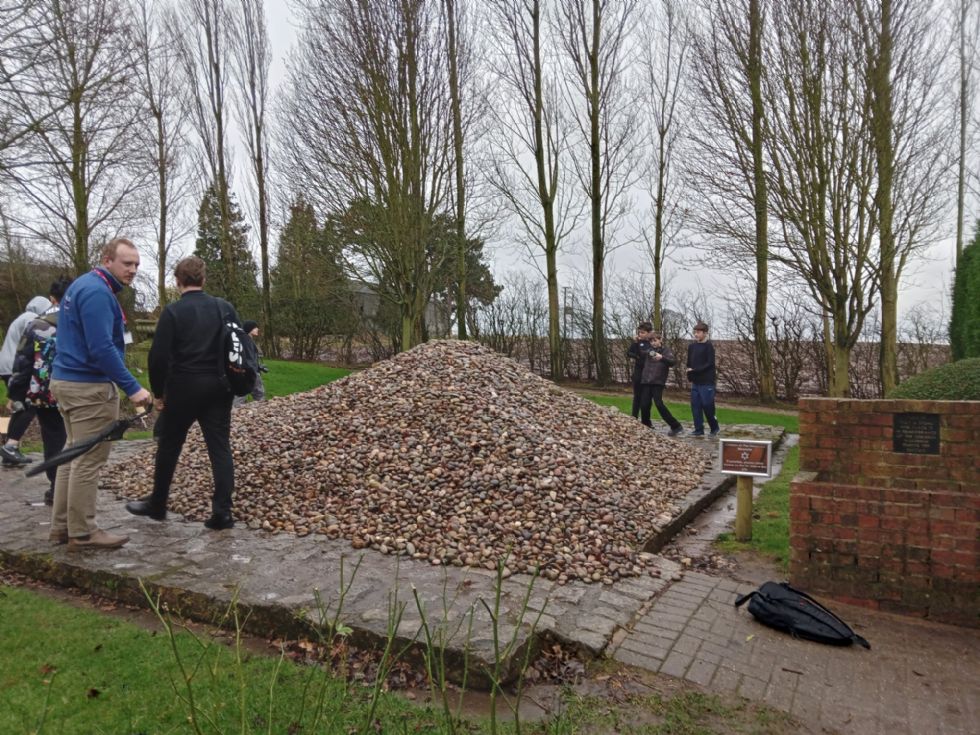
The students were interested and the guide commented on their curiosity and attention. It really made us all think and question our understanding of events and how this could happen in a country so like our own. I’m very proud of our students and their reactions. This was a really important moment for our school, to think about our place in the world and that our students can make a difference.
